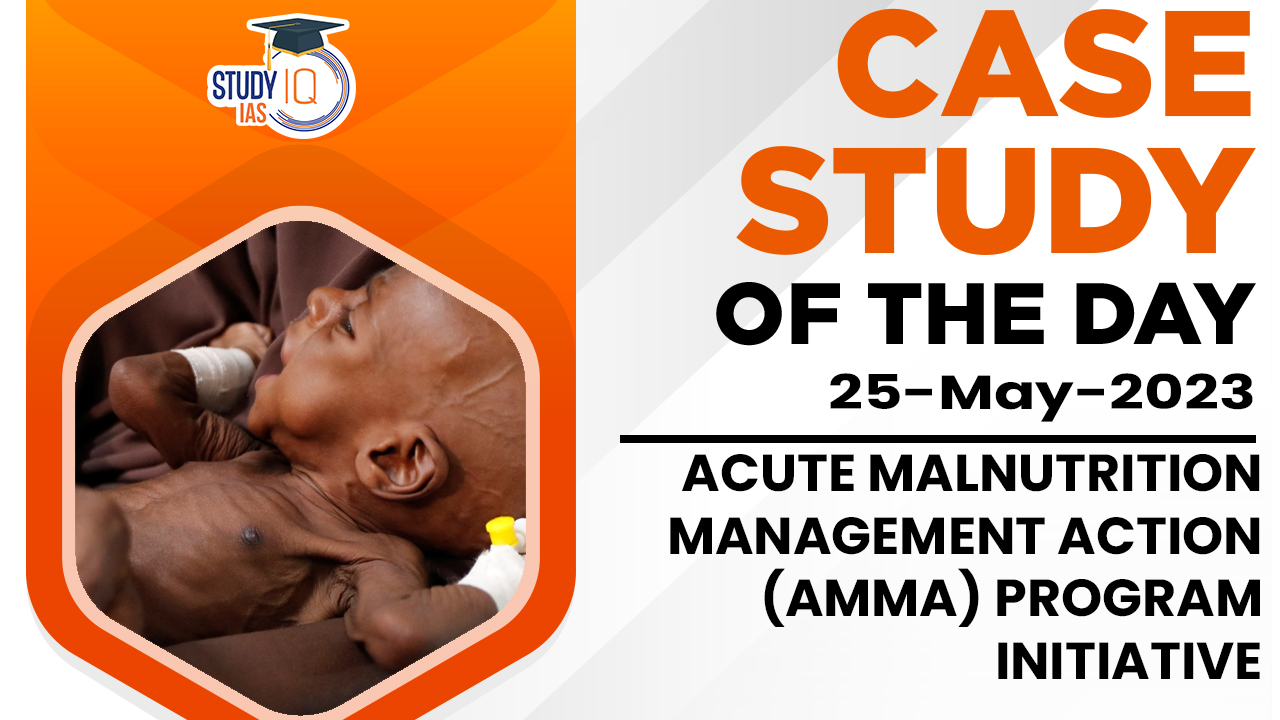Table of Contents
Acute Malnutrition Management Action Introduction
Acute malnutrition remains a critical global health issue, particularly in developing countries with limited access to adequate healthcare, food security, and clean water. AMMA Program Initiative is a comprehensive intervention aimed at addressing acute malnutrition in vulnerable populations. This case study examines the implementation, impact, and key components of the AMMA program in a specific region.
Program Objectives
- Prevent acute malnutrition through improved nutrition and hygiene practices.
- Early detection and referral of malnourished individuals to treatment centers.
- Provide timely and appropriate treatment to malnourished children, including therapeutic feeding and medical support.
- Strengthen the capacity of healthcare workers and community members to effectively manage acute malnutrition.
- Monitor and evaluate the program’s impact and adjust interventions as necessary.
Program Components
- Community Mobilization and Awareness: The AMMA program initiates community engagement activities to raise awareness about the importance of proper nutrition, breastfeeding, hygiene, and early detection of malnutrition. This includes training community health workers and volunteers to deliver key messages, conduct home visits, and organize community meetings.
- Nutrition Screening and Referral: The program establishes a systematic process for screening children in the target population to identify cases of acute malnutrition. This involves anthropometric measurements and assessment of nutritional status. Malnourished individuals are referred to treatment centers for appropriate care.
- Treatment and Rehabilitation: AMMA program ensures that treatment centers are well-equipped to provide necessary therapeutic feeding and medical care to malnourished children. This includes the provision of ready-to-use therapeutic foods, regular monitoring of weight gain and health status, and treatment of associated medical complications.
- Capacity Building: To ensure sustainable impact, the AMMA program invests in the training and capacity building of healthcare workers, including nutritionists, doctors, nurses, and community health workers. This equips them with the skills and knowledge needed to manage acute malnutrition effectively.
- Monitoring and Evaluation: A robust monitoring and evaluation framework is put in place to track the progress and impact of the AMMA program. Key indicators such as the number of malnourished children identified, the percentage of children successfully treated, and changes in nutritional status are monitored regularly.
Program Impact
- Increased awareness and understanding of nutrition and hygiene practices within the community.
- Timely identification and referral of malnourished children, leading to early intervention.
- Improved access to treatment centers and increased coverage of therapeutic feeding programs.
- Reduction in severe acute malnutrition prevalence and associated morbidity and mortality rates.
- Strengthened healthcare system capacity and improved knowledge among healthcare providers.
The Acute Malnutrition Management Action (Amma) Program Initiative serves as a successful model for addressing acute malnutrition in vulnerable populations. Through its comprehensive approach, the program has made a significant impact in preventing, detecting, and treating acute malnutrition, improving the health and well-being of communities. By emphasizing community engagement, capacity building, and monitoring and evaluation, the AMMA program can serve as a blueprint for similar interventions worldwide, contributing to the global effort to eradicate malnutrition.


 Freedom of Press in India, Constitutiona...
Freedom of Press in India, Constitutiona...
 Deputy Speaker of Lok Sabha, Constitutio...
Deputy Speaker of Lok Sabha, Constitutio...
 AIM4NatuRe Initiative for Nature Restora...
AIM4NatuRe Initiative for Nature Restora...





















